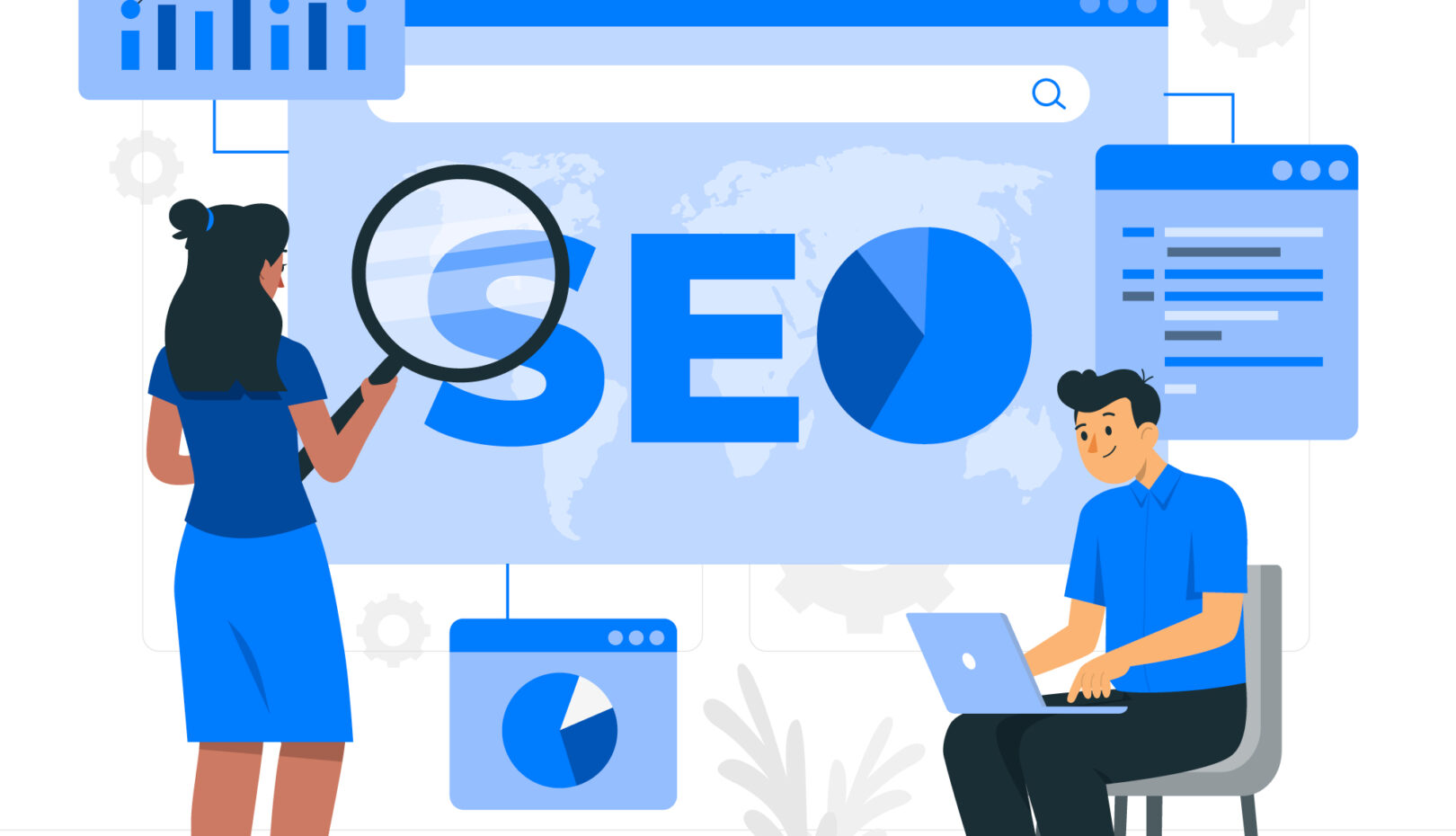How to Optimize for Google Maps & Local Packs in a Voice-First World
Technical SEO Checklist: Ensuring Website Health in 2025
In the ever-evolving digital landscape, keeping your website healthy and optimized is not optional—it’s essential. As we step into 2025, technical SEO remains the foundation of organic visibility and long-term performance. At SEO Quartz, we understand how critical it is for webmasters and SEO professionals to keep up with the latest changes. This technical SEO checklist 2025 is your go-to guide for maintaining a clean, fast, and crawlable website.
Whether you’re optimizing a new build or auditing an older site, the key technical components we’re about to cover are non-negotiable for SEO success.
Site Speed Optimization
If your pages take too long to load, users bounce—and search engines notice. Site speed optimization should be at the top of your priority list in 2025. With Google now factoring Core Web Vitals into its ranking algorithm, performance isn’t just about speed; it’s about the user experience.
Make use of tools like Google PageSpeed Insights and GTmetrix to analyze loading times. Compress images, leverage browser caching, and use lazy loading to enhance performance. A well-optimized site increases engagement and helps bots crawl more pages efficiently.
At SEO Quartz, we’ve seen firsthand how businesses improve rankings and conversions simply by focusing on site speed optimization. It’s one of those technical tweaks that brings measurable results fast.
Mobile Usability
More than half of all web traffic comes from mobile devices, so mobile usability is no longer optional. It’s mandatory. Responsive design is the standard, but mobile usability also includes font size, touch target spacing, and page layout.
Google’s mobile-first indexing means that your mobile site is the primary version used for ranking. Tools like Google’s Mobile-Friendly Test can help pinpoint issues. Don’t forget that real-world testing on multiple devices is still invaluable.
Neglecting mobile usability could mean leaving rankings, traffic, and revenue on the table. At SEO Quartz, our team always includes mobile testing in every technical SEO checklist 2025 to ensure sites perform flawlessly on smartphones and tablets.
Structured Data
Search engines don’t always understand the context of your content. That’s where structured data comes in. By implementing schema markup, you give search engines better clues about what your content means, not just what it says.
Use JSON-LD to implement schema types like FAQ, Product, Local Business, and Article. Enhanced listings in search results—like review stars or event details—can improve click-through rates significantly.
When crafting your technical SEO checklist 2025, don’t skip structured data. It’s a small investment in code with a big payoff in visibility and traffic. At SEO Quartz, we’ve helped clients win rich results across various niches just by deploying the right markup.
Crawl Errors
If search engines can’t crawl your pages, they can’t index or rank them. That’s why monitoring and fixing crawl errors is crucial. Use Google Search Console regularly to review crawl stats and errors like 404s, server issues, or blocked resources.
Redirect outdated URLs, resolve broken links, and ensure your robots.txt file isn’t unintentionally blocking important sections. These issues often go unnoticed but have a huge impact on indexing and overall site health.
Include crawl errors in your routine audits to maintain visibility and improve site hygiene. At SEO Quartz, we consider this one of the most overlooked yet critical elements of any strong technical SEO checklist 2025.
HTTPS Security
Security is a ranking signal, and users expect encrypted connections. If your site still runs on HTTP, it’s time to upgrade. HTTPS security protects user data and builds trust—two things that are vital in today’s privacy-conscious world.
You’ll also avoid annoying browser warnings that drive users away. Install an SSL certificate and redirect HTTP to HTTPS sitewide. Make sure all internal links and resources also use the HTTPS protocol.
Search engines prioritize HTTPS security, especially when combined with other technical best practices. At SEO Quartz, we ensure every project begins with a secure foundation—starting with SSL implementation.
XML Sitemaps
Your XML sitemap is like a roadmap for search engines. It tells them which pages you want indexed and helps prioritize crawling. Keep your sitemap clean, updated, and submitted through Search Console.
Avoid listing duplicate, non-canonical, or redirected URLs in your XML sitemap. Use plugins or tools that automatically update it as new content is added. It’s an easy win for crawl efficiency and visibility.
At SEO Quartz, we integrate XML sitemaps into every setup process and technical audit. When search engines can understand your site structure better, your pages get indexed faster and more effectively.
Canonical Tags
Duplicate content can dilute rankings. Canonical tags tell search engines which version of a page is the “master” copy, helping consolidate authority and avoid indexing problems.
Use canonical tags for product pages with multiple variants, pagination, or any scenario with duplicate content. Always double-check that the canonical points to the correct URL and avoid self-referencing issues.
An essential part of any technical SEO checklist 2025, proper use of canonical tags ensures your content doesn’t compete against itself in search results. SEO Quartz helps clients clean up their tagging to reclaim lost traffic and rankings.
Final Thoughts
The importance of a solid technical foundation can’t be overstated. With the rapid pace of change in 2025, neglecting technical SEO could mean falling behind your competitors.
To recap, make sure your technical SEO checklist 2025 includes:
- Site speed optimization for better engagement and crawlability
- Mobile usability to meet the needs of mobile-first indexing
- Structured data for enhanced search visibility
- Fixing crawl errors to maintain healthy indexing
- Implementing HTTPS security for user trust and SEO value
- Maintaining clean XML sitemaps for easier crawling
- Using canonical tags to avoid duplicate content issues
At SEO Quartz, we help digital professionals like you create high-performing websites that check every box—so your SEO strategy isn’t just up-to-date but future-proof.
Whether you’re running an enterprise site or a local business page, this technical SEO checklist 2025 will keep your digital presence healthy, discoverable, and competitive. Keep your site lean, secure, and structured—and the rankings will follow.
Frequently Asked Questions (FAQ)
What is a Technical SEO Checklist?
A technical SEO checklist is a set of best practices that ensure your website is optimized for search engine crawling, indexing, and ranking. It includes tasks like site speed optimization, fixing crawl errors, implementing structured data, and ensuring HTTPS security, among others.
Why is site speed optimization important for SEO?
Site speed optimization directly affects user experience and Core Web Vitals—both are Google ranking factors. A fast-loading site keeps users engaged and reduces bounce rates, making it easier for search engines to crawl more of your content efficiently.
How does mobile usability affect rankings?
Mobile usability has a major impact on SEO because Google now uses mobile-first indexing. If your mobile version performs poorly, it can hurt your search rankings even if the desktop version is well-optimized.
What is structured data and why do I need it?
Structured data is code (usually in JSON-LD format) that helps search engines better understand your content. It can enhance your listings in search results with rich snippets like ratings, FAQs, or event details, increasing click-through rates.
What causes crawl errors and how can I fix them?
Crawl errors happen when search engines can’t access or index certain pages, often due to broken links, server issues, or incorrect redirects. You can monitor and fix them using Google Search Console to maintain site health and visibility.
Is HTTPS security really necessary for SEO in 2025?
Yes. HTTPS security is a confirmed ranking factor and a critical trust signal for users. Sites without HTTPS may show “Not Secure” warnings in browsers, driving potential customers away.
What should be included in an XML sitemap?
Your XML sitemap should include only indexable pages that offer value, such as landing pages, blog posts, or product pages. Avoid including duplicate, redirected, or noindex URLs.
 info@seoquartz.co
info@seoquartz.co
 +1 (276) 739-9962
+1 (276) 739-9962










